Word of Mouth: Low Impact Travel in Copenhagen
More and more travelers are making intentional choices to explore the world by orchestrating ideal itineraries that minimize impact on the environment
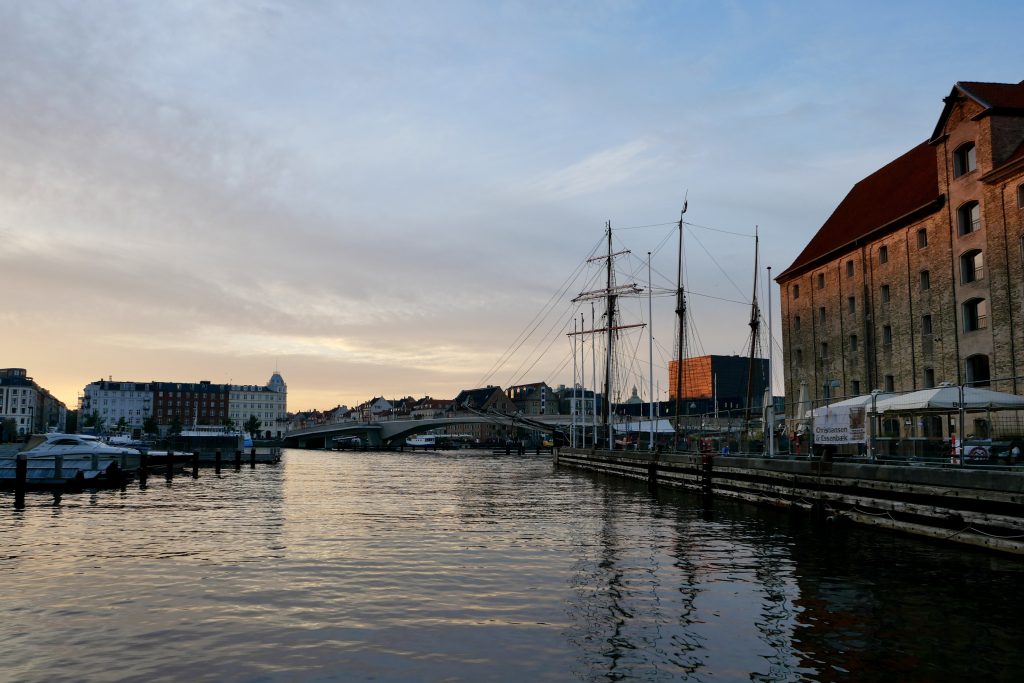
Denmark’s capital city offers accessible options for traveling with a light footprint. Known for historic castles near innovative contemporary architecture, a vibrant art and design community, and culinary offerings from some of the world’s most well-known fine dining restaurants, the storybook streets and waterways of Copenhagen often feel idyllic. The air is fresh. The water is clean (you can swim in the public harbor baths). Communal meals are popular, as are community gatherings that share resources at places like Rodder in Nordvest and Absalon in Vesterbro.

To travel to Copenhagen, consider airlines that offer carbon offsets for the journey. SAS provides direct flights from NYC and Los Angeles with the option to buy biofuel by booking with the Go Smart Bio. SAS is working toward a goal of zero CO2 emissions by 2025 (and a mission to fly planes fully powered by electricity). After landing in Copenhagen, visitors are provided with many low impact travel options. The city transportation system includes many electric buses and taxis, metro trains, walkable streets and accessible bike lanes. The following suggestions align with these values, as well.

Like many accommodations in Copenhagen, Coco Hotel’s sustainability efforts are multifaceted. The hotel runs on solar energy. For each hotel room booking, they donate one tree per night to the Eden Reforestation Project. While staying at the hotel they follow the Green Key Certification encouraging participation in their Environmental Policy to wash sheets and towels only when necessary and encouraging guests to drink Copenhagen’s very clean tap water. A card in the room read “Please drink the water. Copenhagen tap water is among the World’s best, please enjoy!” Pack a reusable bottle or pick up one at the many cafes and shops and skip single use bottles while walking, biking and boating around the city. To make a different low impact accommodation choice throughout the city, Visit Copenhagen offers this list of more than 20 eco-certified hotels in the city. Several historic buildings have also been upcycled into hotels. The repurposing of these existing structures preserves the building’s character while reducing the environmental impact of new construction.

For first time visitors, a meal at Ark begins with a discussion of philosophy. Ark is the vision of founder Jason Renwick and creative director Jenia Nelisova, and focuses on sustainability with the goal to have a positive impact. This mission is reflected in the locally sourced Danish design—from furniture and décor to ceramics by Hannah Blackall-Smith of Blacksmith Ceramics. Executive chef Brett Lavender and his team serve seasonal and foraged ingredients with a focus on mushrooms grown nearby (by Kyle Cometta at Funga Farm). They serve biodynamic and natural wines. With the Ark menu, Lavender makes every effort possible to employ zero waste practices in the kitchen and throughout every aspect of the service; the menu focuses on plant-based ingredients to meet these goals. What follows is the most beautiful presentation of an elegant and delicious fine dining menu with thoughtful wine pairings or inspired non-alcohol offerings. This is the place that a locally grown mushroom is elevated into an umami-laden delicacy. Even the bread course with brioche served with onion and pepper accompaniments feels transformative. Clever interpretations of dishes that traditionally have seafood or egg come in luscious variations like a “chawanmushi,” made with corn and coffee. All of this effort and artistry has earned them a Green Michelin star for restaurants focused on sustainable gastronomy.

Green Kayak
With beautiful sites throughout the city, seeing Copenhagen by boat provides some of the best views. In Denmark and six other countries, the environmental NGO Green Kayak offers free kayaks to explore the waterways. Volunteering while on vacation has also gained popularity. The free kayaks are available to anyone who agrees to pick up any trash they see along the way to help spread the message of the problem of environmental pollution. Green Kayak participants are also asked to share the experience on social media. In Copenhagen, even in the waters that appear pristine, pieces of garbage accumulate and the Green Kayak program helps to clean them. Seeing the city from the water is one of the best views of the historic and contemporary architecture. Paddling a Green Kayak may evoke some cheers from the walkways and bridges as the locals are well aware of how the program has helped keep their city clean. Tobias Weber-Andersen, founder of Green Kayak says, “You get some fresh air and exercise, and do something good for the environment. The trash is taken to the incinerator and burned and transformed into energy.”

Kødbyens Fiskebar
Located in the Meatpacking District near Prolog Coffee and Hart Bageri, restaurant Kødbyens Fiskebar is a don’t miss for their inventive menu of sustainable seafood with local grown and foraged produce. Head chef Jamie Lee focuses on cooking seafood from what he refers to as unique sustainable fishing communities. He and his team handpick shellfish for peak flavor. Vegetables and herbs are from organic farms or foraged around Copenhagen. Dishes bring together fascinating ingredient combinations—like squid, radish, lemon verbena and chicken wing finished with smoked tuna heart, or roasted monkfish dusted with koji and dried shrimp served with pickled butternut squash, stewed kale and lovage finished with a sauce of roasted almonds split with sea buckthorn oil. Lee grills horse mackerel over coal and serves it with gooseberry butter. House-made bread comes with a side of savory seaweed butter. For many dishes, the team sources wild fish caught from small boats in the afternoon, making their menu offerings the definition of fresh in a bustling restaurant where everyone has a glass of wine in hand and a smile on their face.

Unesco World Capital of Architecture
Hop on a bike, boat, bus or walk to discover why Copenhagen has been nominated as a Unesco World Capital of Architecture. This three-year designation as the World Capital of Architecture will feature hundreds of events through 2026. Explore some of the city’s most sustainable buildings, and neighborhoods like Nordhavn. Visit the Design Museum Danmark. From the water, take in views of the Danish Architecture Center with exhibitions about Danish design and the Royal Library and Black Diamond Building with the National Museum of Photography in the basement. With a focus on human-centered architecture and urban planning, Copenhagen serves as an ideal case study for achieving many UN goals. beCopenhagen offers half-day and full-day bike tours to explore the city, where you can learn how urban design and architectural solutions are being implemented to improve the daily life for everyone in Copenhagen.




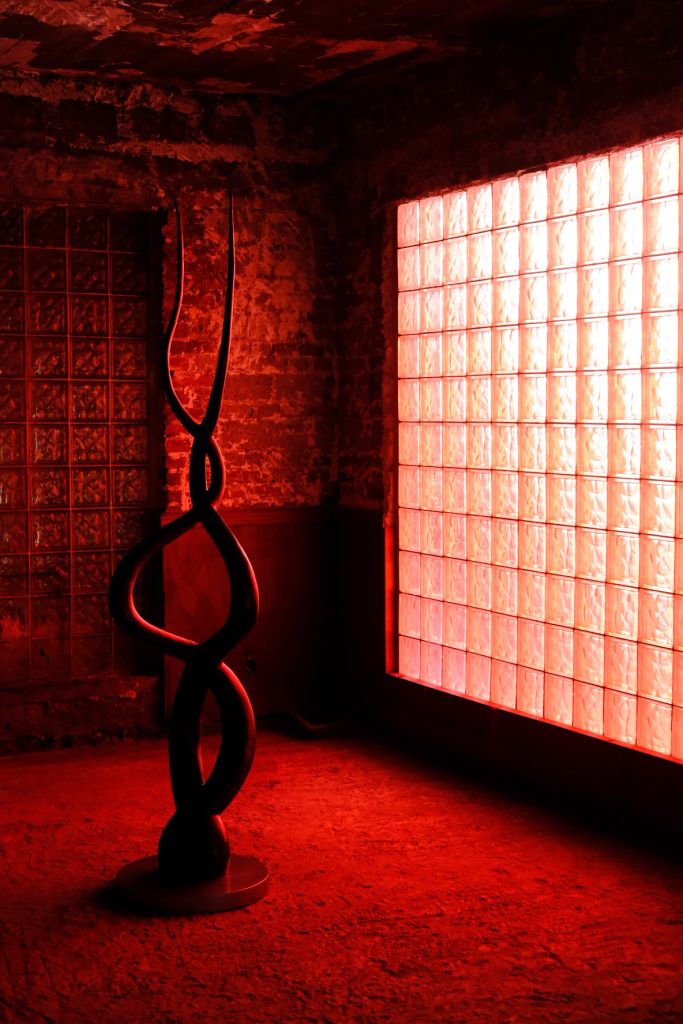
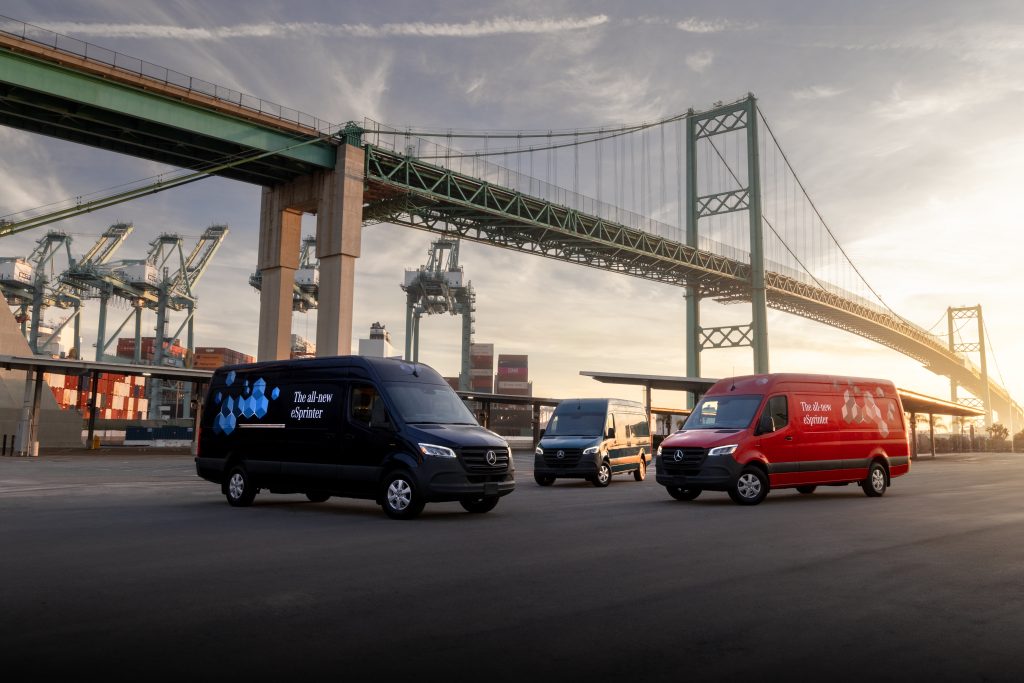
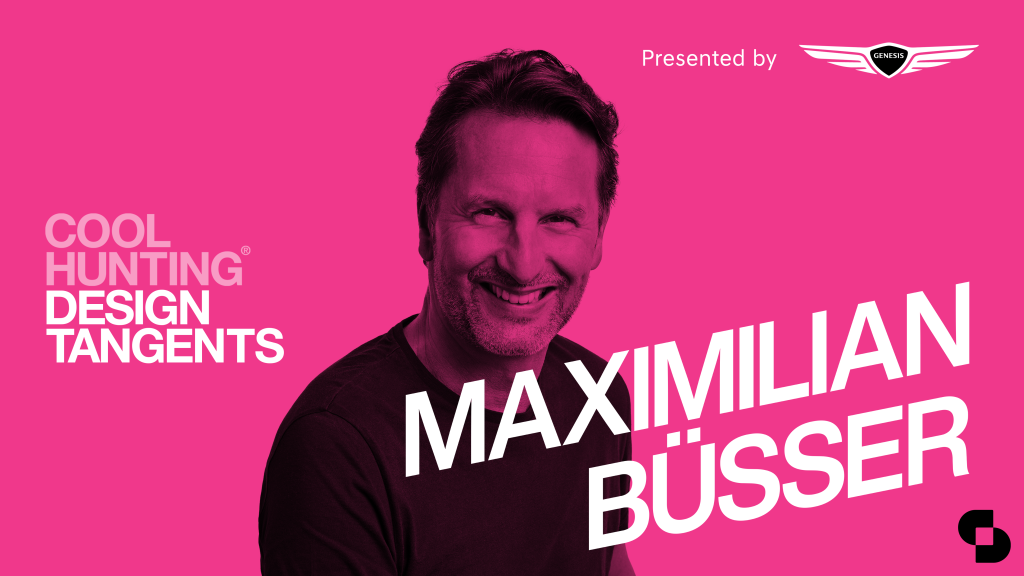

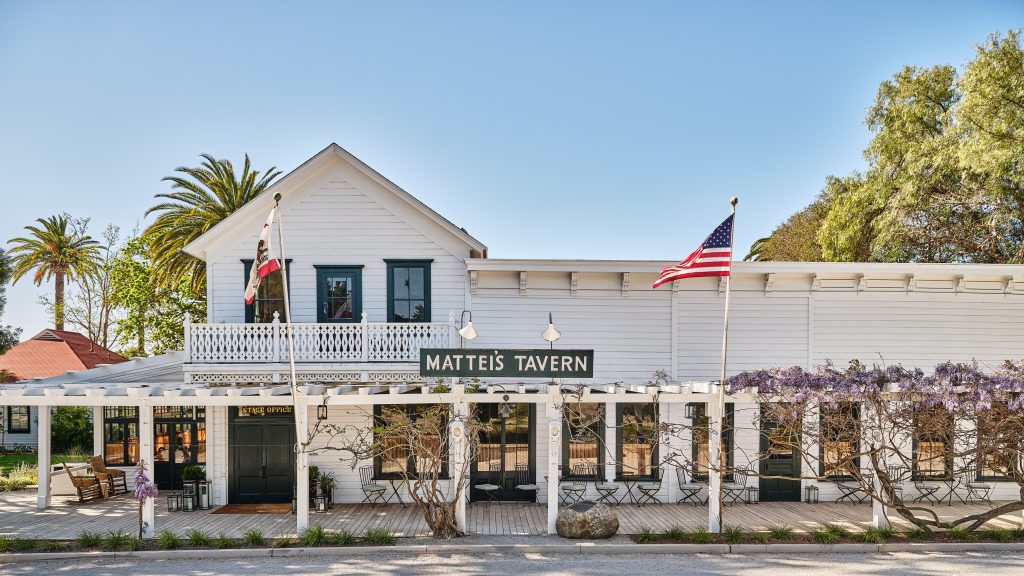


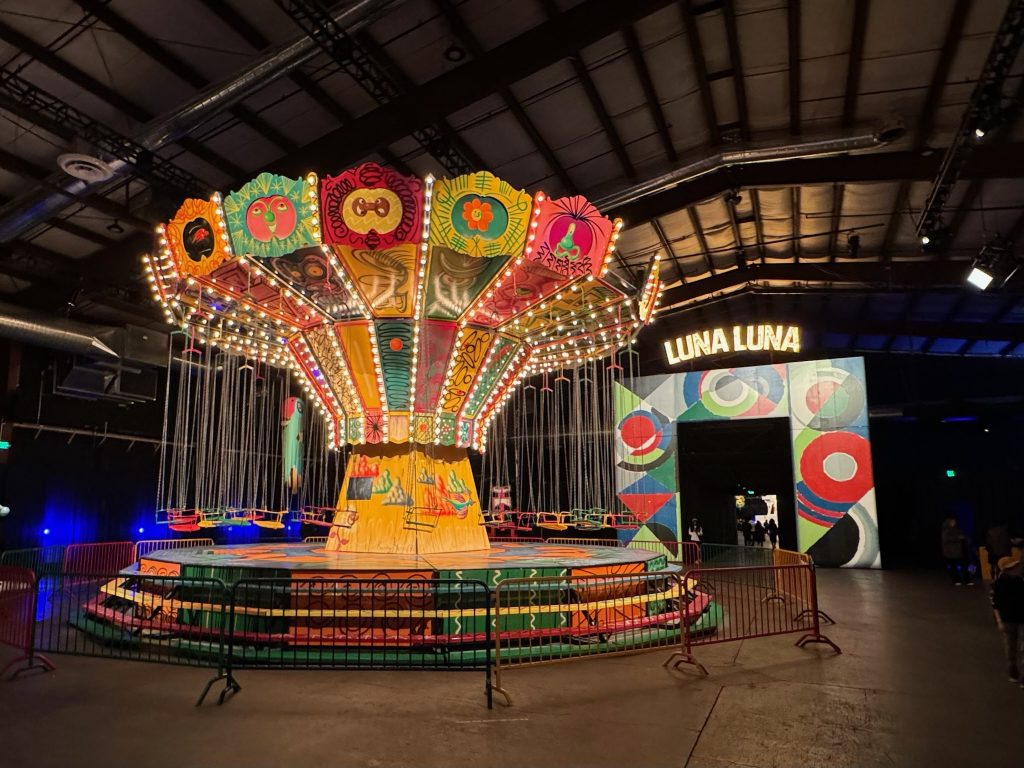
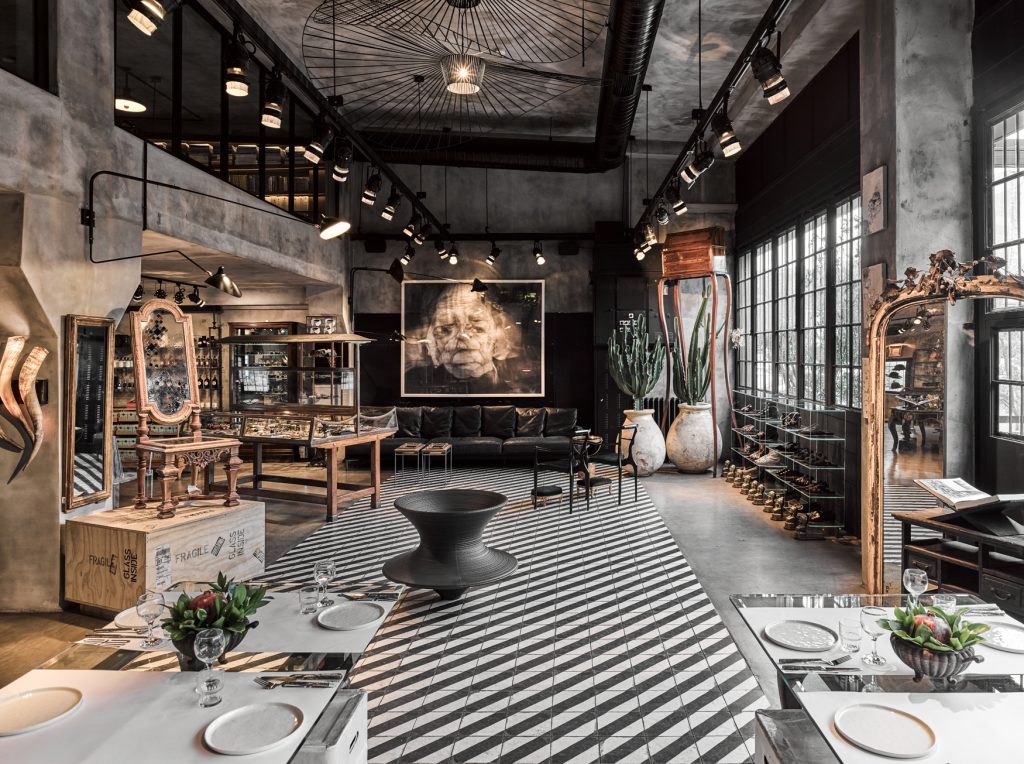
What are your thoughts?